
Industry Insights

Proxxi’s November Newsletter - 2021
Are you as data-driven as we are? This month's newsletter focuses on the statistics around injuries, both electrical and non-electrical.

The Covid-19 Vaccine: The Israel Case Study - Part 3
Israel was the first nation to vaccinate the majority of its population. As such, the rest of the world can look to it to better understand the progression of “getting back to normal”. Organizations can take note of their experience and apply lessons learned to their own COVID-19 safety plan.
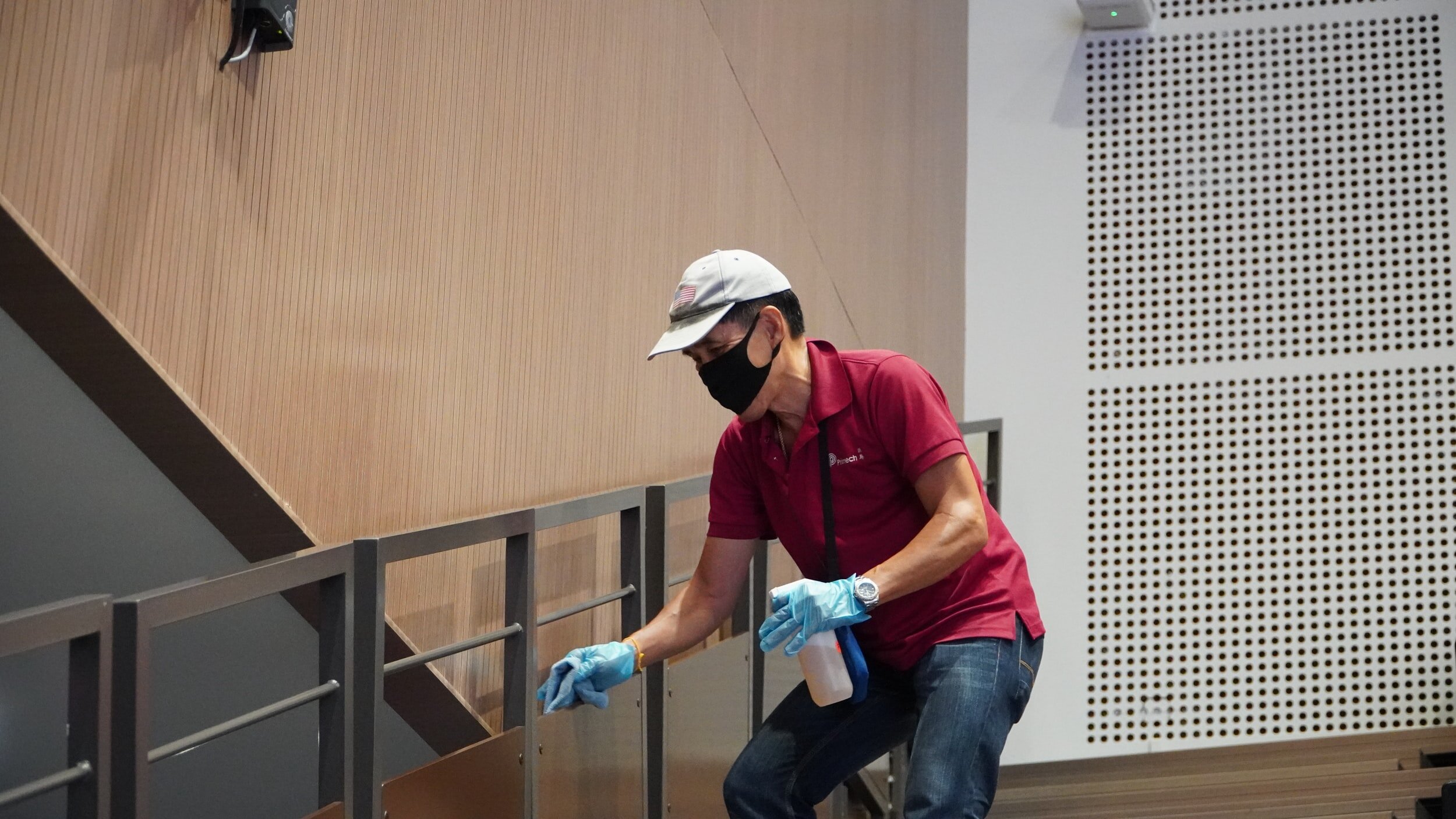
The Delta Variant: What Does This Mean For My Organization? - Part 2
The Delta variant caused renewed outbreaks worldwide, pushed nations back into restrictions, and challenged our hopes that that vaccine would end the pandemic. In this article we will explore we will examine how the Delta variant is reshaping the pandemic and how that will impact your organization.
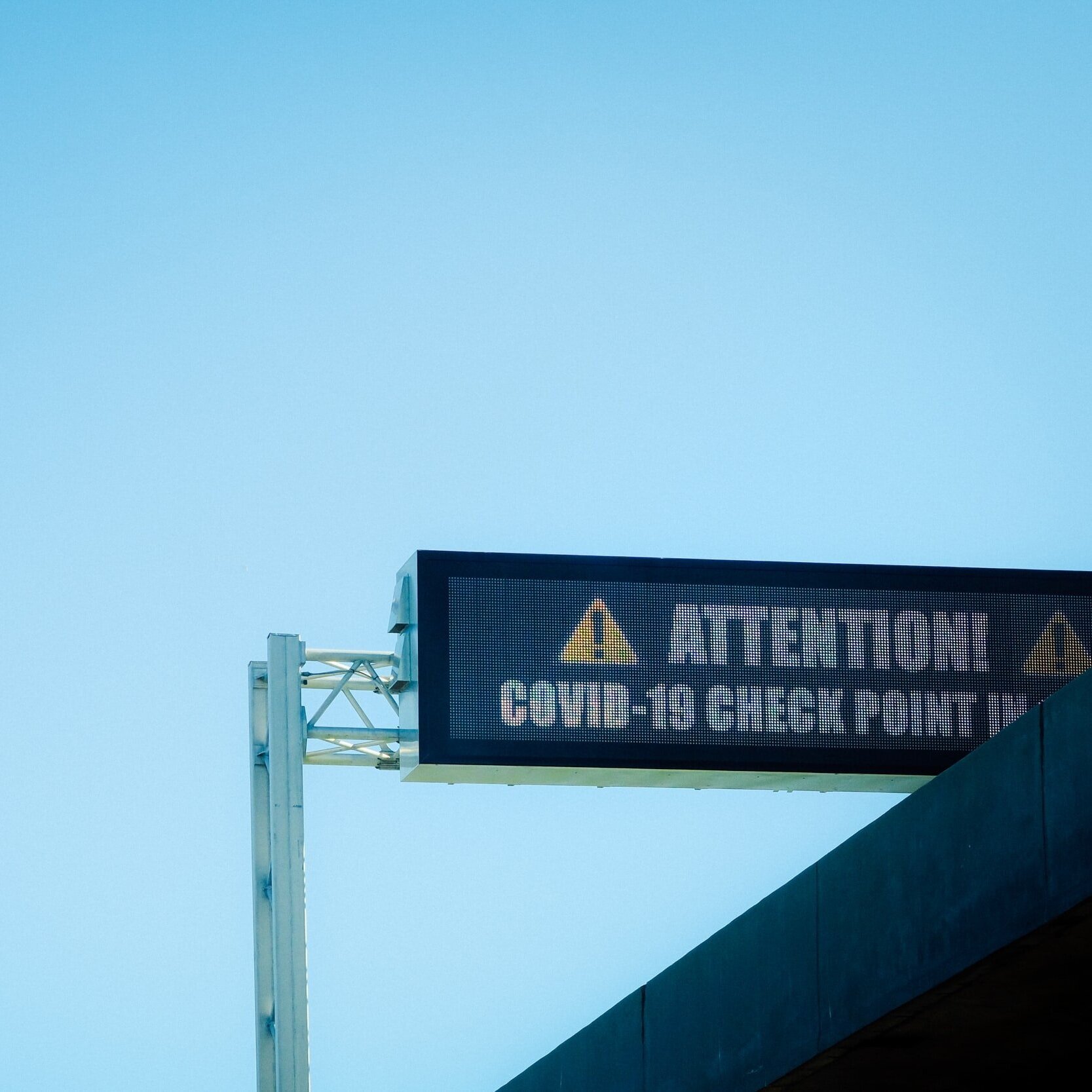
The Covid-19 Vaccine: Herd Immunity - Part 2
“Herd immunity” became a rallying cry around the COVID-19 vaccine. With herd immunity we could feasibly return to normal without fear of outbreaks. Is it still possible? And how does this impact the end of the COVID-19 pandemic?
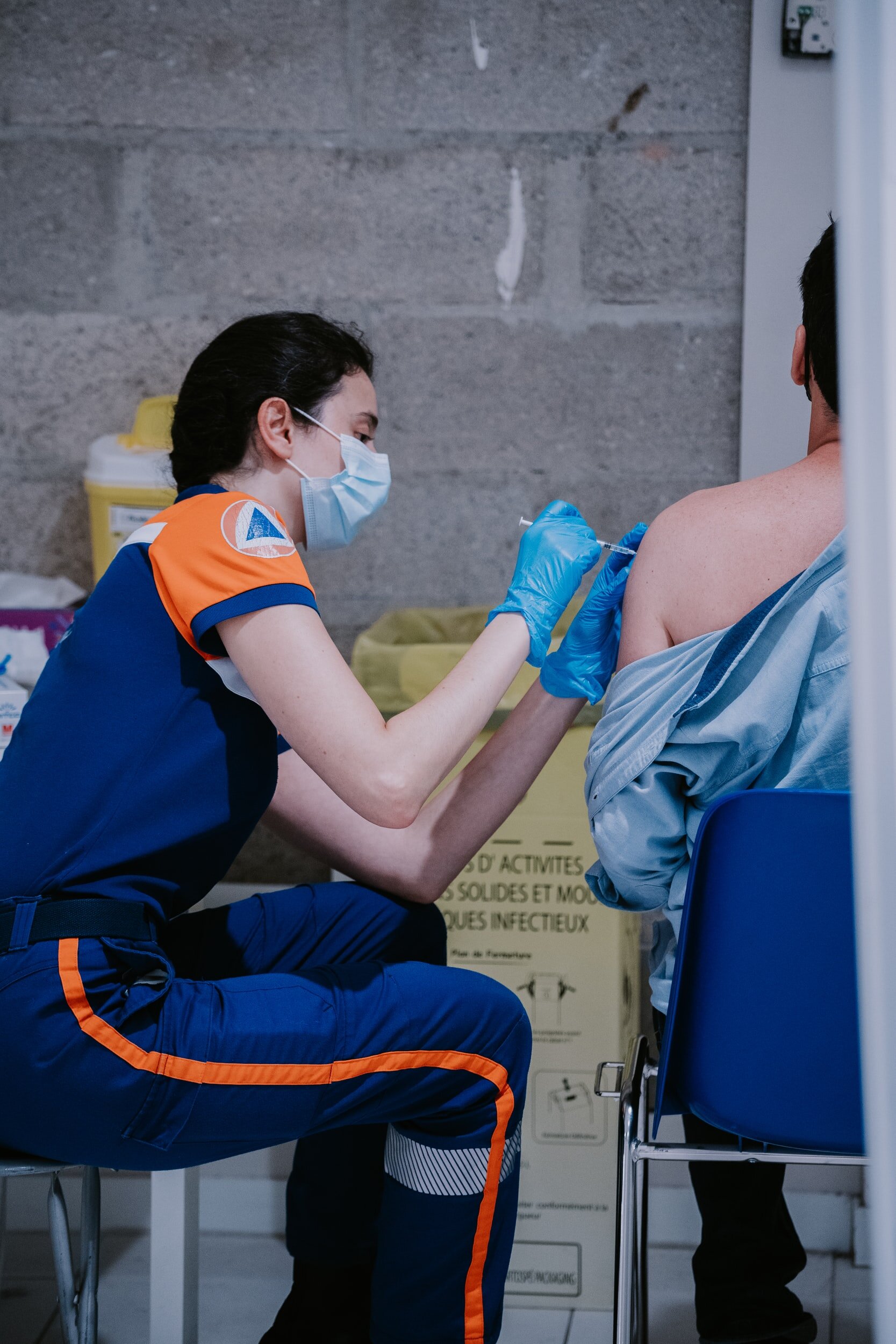
The Covid-19 Vaccine: The Light at the End of the Tunnel? - Part 1
In January 2021 we were all abuzz with news about the global vaccine rollout, and many of us viewed it as a “light at the end of the tunnel” for the COVID-19 pandemic. Now, over 8 months later, we all have a better understanding of what impact the vaccine has had, and how it has changed both governmental regulations and workplace requirements.

The Risk of Perceived Risk - Part 2: Perceived Risk and Workplace Safety
Perceived risk can be highly inaccurate, as it is influenced by factors such as risk tolerance and risk normalisation. This inaccuracy of perceived risk can have huge trickle-down effects on workplace safety: from which risks are seen by management as a hazard, to likelihood of following safety procedures among workers.
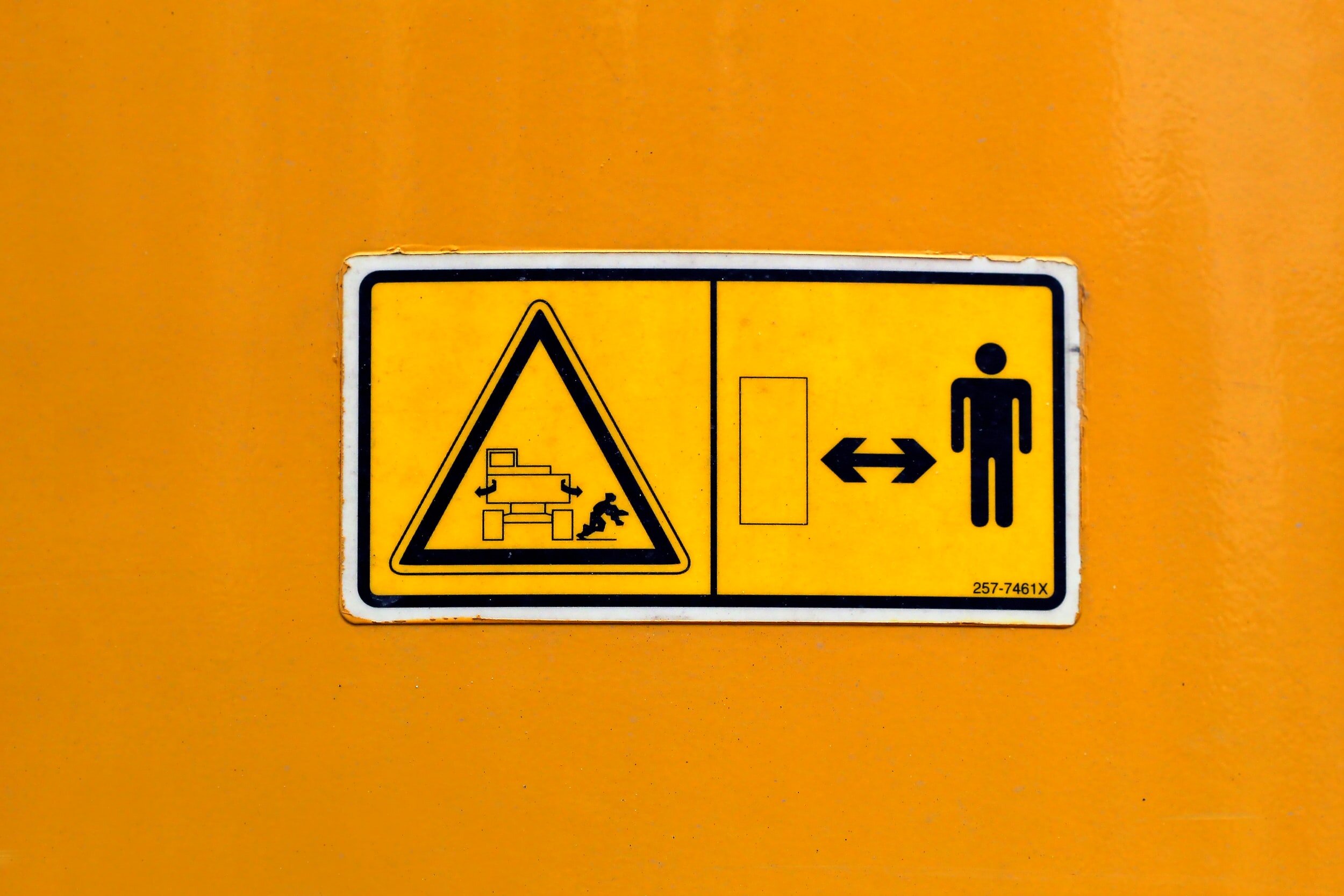
Near Misses and Self-Reporting: Part 2 - How Can Near Miss Reporting Rates be Improved?
Missing data is a big issue when it comes to near miss reporting. This missing data impacts safety planning, preventative measures, and ultimately, the future safety of all workers. Once the reason or reasons for workers not reporting near misses has been identified, the next step is to combat those factors.

Near Misses and Self-Reporting: Part 1 - How Many Near Misses are Missed?
Every job has hazards, and if those hazards are not appropriately handled then any job can become a dangerous one. The creation and implementation of workplace safety measures is heavily reliant on self-reporting of near misses. However, near misses are not always reported. It is important to understand the reasons behind this lack of reporting, how to resolve it, and what else can be done in order to ensure workplace safety and worker health.
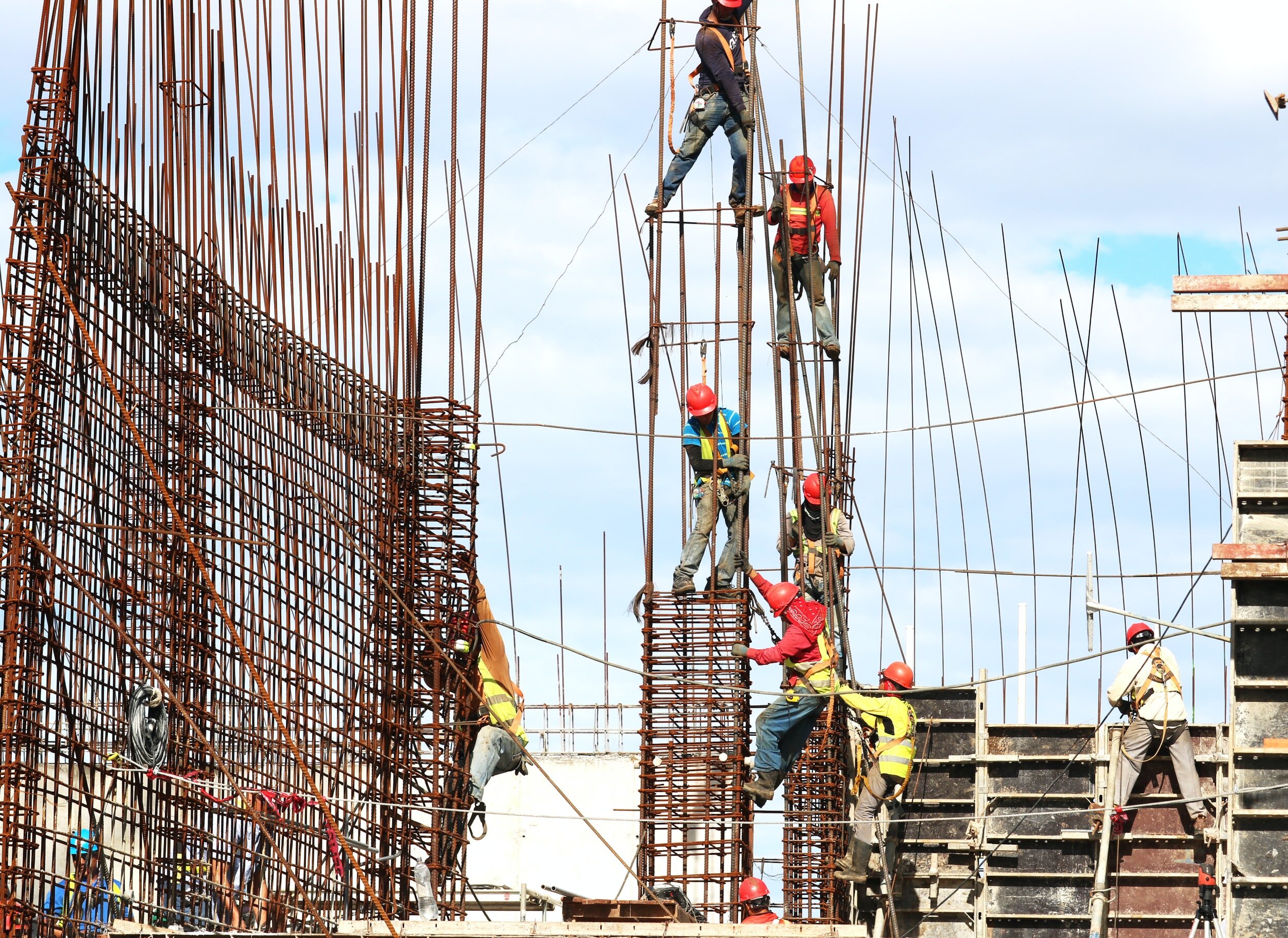
Navigating Risk: The Importance of Planning for Low Probability, High Impact Risks
When an event is viewed as unlikely, it can be easy to shrug off risk. Many behaviours in the workplace can be viewed as “safe” when they are actually low-probability risks. However, because many of our actions in the workplace are performed over and over again, mitigating this risk becomes more important. The more times an action is performed, the more likely something will happen, even if the probability is low.

Protecting Non-Qualified Workers from Electrical Risks
In the US, data indicates that nearly one fatality is caused by electrical hazards every day, and annual injuries from electrical hazards total around 4,000. More than half of these fatalities were non-qualified workers, and many of them were avoidable.

Safety in the Workplace: Part 2 - Creating a Culture of Safety
An unsafe work culture may not come out of malicious intent. There are a great many factors that can come into play. For example, employees may be afraid of the consequences of reporting unsafe work, they may not know how to report concerns, or they may believe the risks conditions are normal.
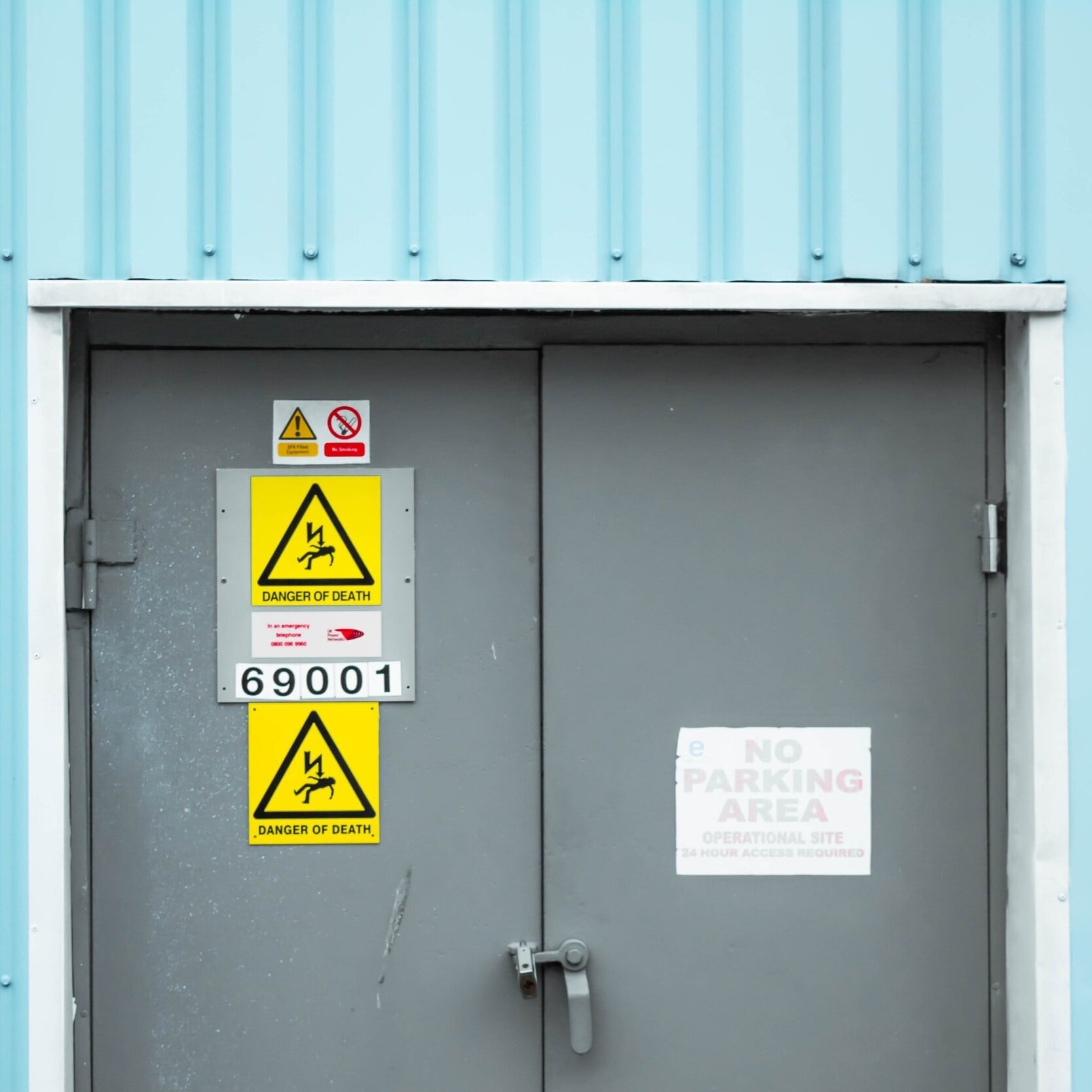
Safety in the Workplace: Part 1 - Who is Responsible?
Most countries and regions have established safety regulations for the workplace. Different roles within the organization have different responsibilities for their own and for others safety in the workplace. It’s important to know who is responsible for what, and what ramifications can result from violations of these responsibilities.

Exploring Financials: The Value of Life and Workplace Safety
Often implementing safety measures comes at a cost to the organization, and depending on the likelihood that those measures will prevent an injury or fatality, this cost can outweigh the benefit.

Planning for Return-to-Work
With the rollout of vaccines and changes to local or federal regulations, many organizations have started returning their employees to the office or jobsite. Those in health and safety roles are being tasked with the creation and execution of a return-to-work plan.

Proxxi’s March Newsletter - 2021
This March marks the one year mark of Covid-19 being declared a global pandemic. A lot of change has happened over the past year, but here at Proxxi we will want to ensure our customers are well informed about the topics that matter to them. In this newsletter we will be focusing on how you can improve your organization’s workplace safety plan.

The Impact of an Electrical Incident: Part 1 - Introduction
Electrical safety is a low probability, high impact subsection of workplace safety. This means that although electricity-related events may be relatively unlikely to occur, they are of great importance when they do, and the consequences can be deadly. Because of the low likelihood, some organizations ignore or put off improving their electrical safety plans.

Creating a COVID-19 Action Plan - A Case Study with Johns Manville
In the beginning of February, Proxxi had the opportunity to chat with Casey McClain, Senior EHS Specialist, and Lyndsy Malark, Pandemic Coordinator, at Johns Manville’s Plattsburgh, New York facility. We discussed how they have been managing health and safety measures over the last year in their upper New York State manufacturing facility.

How to Use the Hierarchy of Hazard Control in Your Workplace Safety Plan
When building a workplace safety plan, there are many different approaches to take. Certain aspects of workplace safety are governmentally mandated, but even within those mandates there are different ways in which safety can be achieved.
Safe workplaces save money, have more productive employees, have a better community image, and, or course, prevent workplace injury and illness.

Creating a Safe Workplace
With our products, our goal is to make workplaces safer for employees and for organizations. With many of us back to working on-site, we wanted to create a list of different ways that you can keep your workplace safe during the Covid-19 pandemic. Some of the items on this list may not be required by your local health authority, but could potentially help in reducing the risk of spreading Covid-19.
